![]()
![]()
![]()
Use LEFT and RIGHT arrow keys to navigate between flashcards;
Use UP and DOWN arrow keys to flip the card;
H to show hint;
A reads text to speech;
20 Cards in this Set
- Front
- Back
- 3rd side (hint)
|
Myrmecobius Fasciatus |
Numbat |
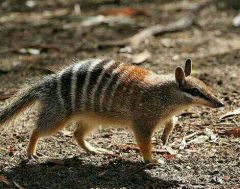
|
|
|
Macropus Rufus |
Red Kangaroo |
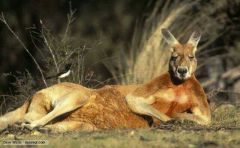
|
|
|
Macropus Eugenii |
Tammar Wallaby |
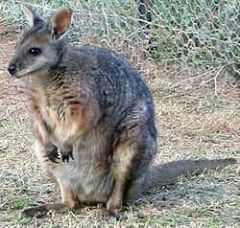
|
|
|
Macropus Parma |
Parma Wallaby |
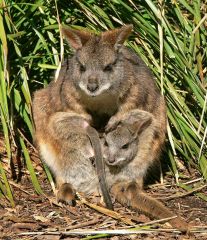
|
|
|
Potorous Tridactylus |
Long-nosed Potoroo |
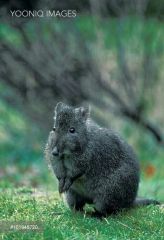
|
|
|
Petaurus Breviceps |
Sugar Glider |
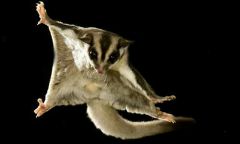
|
|
|
Phalanger Orientalis |
Gray Cuscus |
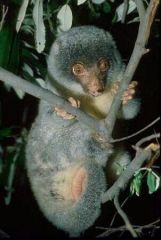
|
|
|
Perameles Gunni |
Eastern Barred Bandicoot |
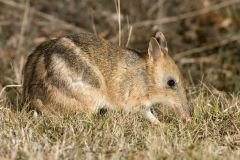
|
|
|
Zaglossus Bruijni |
Long-beaked Echidna |

|
|
|
Pseudocheirus Peregrinus |
Ring-tailed Possum |
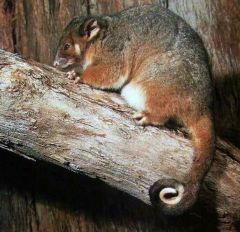
|
|
|
Organs present in the bodies of some water-repellent animals that help them breath. They absorb oxygen from the water and send it to the animals bloodstream. |
Gills |
Anatomy |
|
|
A large, flat area of land covered in grasses and with few trees |
Grassland |
Ecosystem |
|
|
A place in nature where an animal lives throughout the year, or for shorter periods of time. |
Habitat |
|
|
|
A very young animal that recently hatched from its egg |
Hatchling |
Life Stage |
|
|
Organism that eats mostly plants |
Herbivore |
Diet |
|
|
The process of reducing activity almost to sleeping to conserve food and energy, usually in winter |
Hibernation |
Action |
|
|
To keep eggs or very young organisms warm so they can hatch or grow |
Incubate |
Action |
|
|
A region consisting of the tropical waters of the Indian Ocean, the western and central Pacific, and the seas connecting the two around Indonesia |
Indo-Pacific |
Region |
|
|
Organism that eats mostly insects |
Insectivore |
Diet |
|
|
An organism without a backbone |
Invertebrate |
Anatomy |

